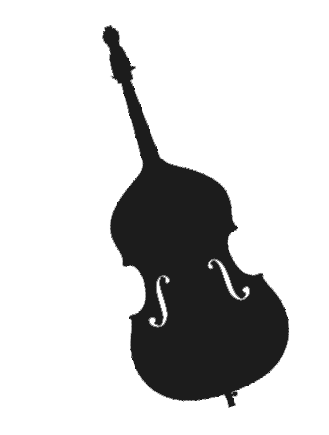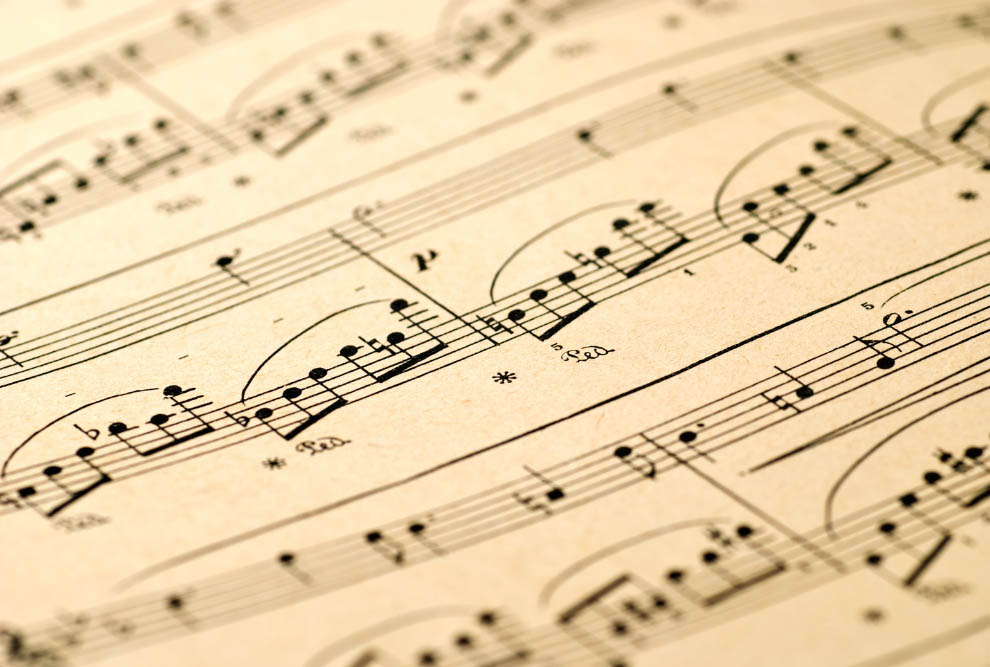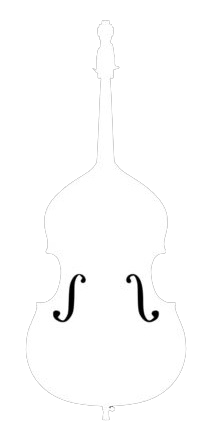Musicianship is one of those words that can mean something different to everyone you ask! It is an open ended term that includes all of the following (here is a short list):
- An understanding of the basics of musical notation including clefs, key signatures, accidentals, and contemporary terminology
- Being able to recognize the notes of melodies
- Knowing what you hear in your head
- Being able to look at a lead sheet and hear chord progressions without playing them first
- Being able to hear harmonic modulations from one key to another
- Hearing altered chords and chromatic harmony
- Knowing ALL chord forms of chords in major and minor
- Understanding all chord voicings and having the ability to hear them before playing them
- Basic understanding of harmonizing melodies
- Analyzing chords from written notes
- Hearing ‘target notes’ to get better melodic improvising
- Better understanding of contemporary styles rhythmically, melodically and harmonically
- Understanding the natural logic of music




